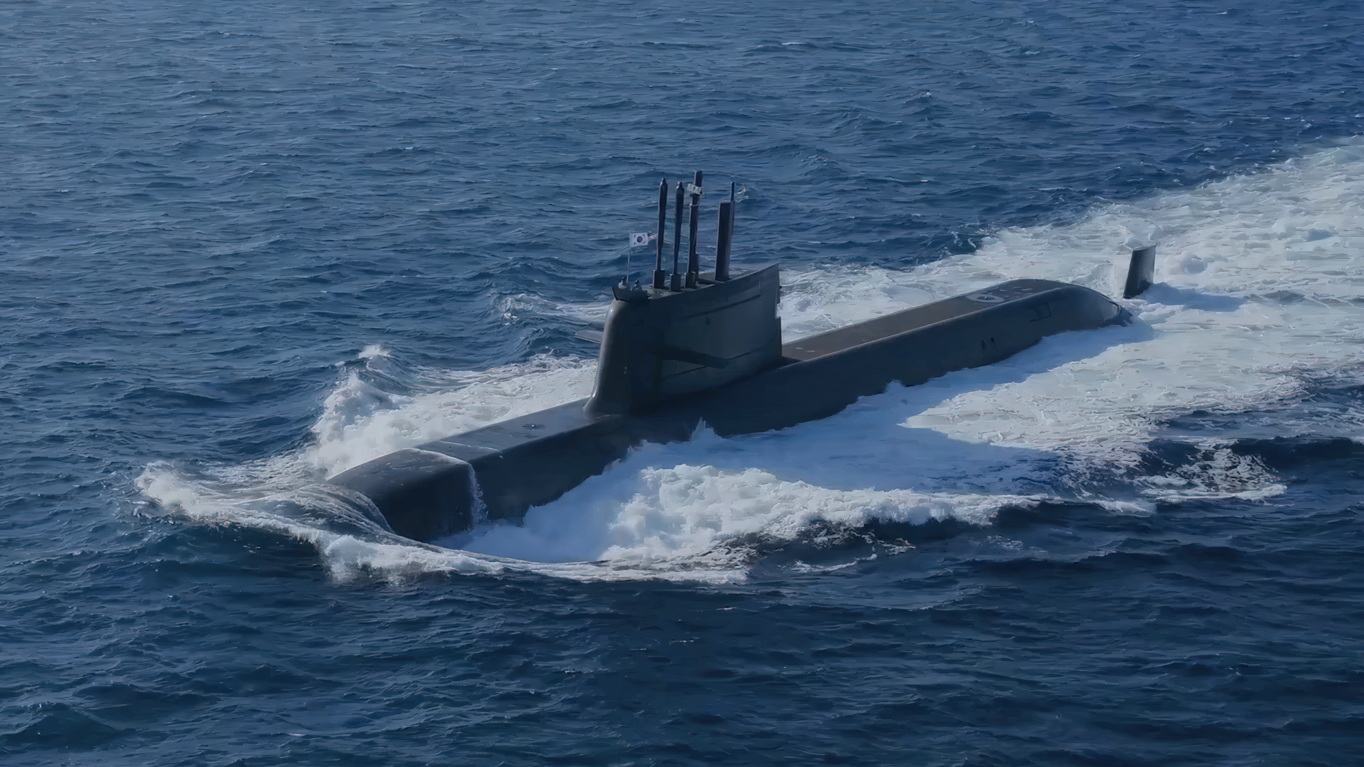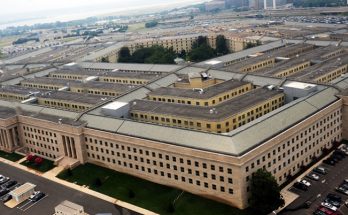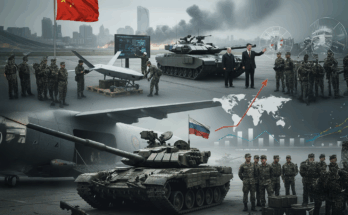
Earlier this month, news broke that a trio of South Korean companies had teamed to make an ambitious offer to the Canadian armed forces. The deal: CAN20 to 24 billion (US$14 to 17 billion) worth of submarines and an additional CAN1 billion (US$720 million) in armored vehicles and artillery systems. Hyundai Heavy Industries, partnering with rival firms Hanwha Ocean and Hanwha Aerospace, reportedly made the proposal in early March, though details are only now becoming clear. The pitches come at an opportune time, as Canada faces a pressing need for military modernization and relations with its traditional arms supplier, the United States, fray, as President Trump continues his fiery rhetoric and confrontational posturing. As newly-elected Prime Minister Mark Carney proclaims, “the old relationship with the United States based on… tight security and military cooperation is over”, South Korea scents the opportunity for a blockbuster arms deal and a major inroad into North America.
The primary component of the deal is the provision of 12 KSS-III diesel-electric submarines to fulfill Canada’s need for a replacement for its aging Victoria class. Since last summer, Canada has been seeking up to 12 replacement submarines as part of the Canadian Patrol Submarine Project (CPSP). With the first of the Victoria class expected to leave service in the mid-2030s, the race is on to replace the capability.
The Canadian Navy issued a Request for Information (RFI) to several industry players in September 2024. Reportedly, the options under consideration include the French Shortfin Barracuda class, German Type 212CD, Spanish S80 Plus, Swedish Blekinge class and the South Korean KSS-III design. A contract is expected to be awarded in 2028.
Meeting Canada’s Submarine Needs
A successful bid must demonstrate high-performance capabilities at long distances, particularly in the Arctic, where Canada faces increasing threats and challenges. Additionally, the offering will need to suit Canada’s timeframe, as bottlenecks and delays could leave Ottawa without an adequate submarine force down the road.
On paper, the South Korean offer seems to meet these needs. The KSS-III can reach ranges up to 10,250 nm (19,000 km), exceeding that of all previously mentioned designs except the Shortfin Barracuda. Equipped with advanced Air-Independent Propulsion (AIP), the KSS-III can remain submerged for extended periods without surfacing to recharge its batteries, significantly enhancing its stealth capabilities. The integration of lithium-ion batteries, replacing traditional lead-acid units, further increases submerged endurance and speed. With the ability to operate underwater for up to 21 days, the KSS-III could provide a significant advantage for Canadian submariners conducting extended patrols beneath Arctic ice.
These submarines are also equipped with between six and ten vertical launch system (VLS) cells, capable of firing ballistic or land attack cruise missiles. Another point in the KSS-III’s favor is its flexible crew requirements. Each boat can operate with a minimum of 33 and a maximum of 50 personnel, significantly better than the Victoria class’ crew of 48, and competitive with other offers. As the Canadian Navy faces declining recruitment rates, manpower concerns will play a larger role in procurement decisions.
The KSS-III is a capable platform and could likely fit the requirements laid out by the Canadian Navy, however, the offer’s value is more than just the submarine itself. The joint Hyundai-Hanwha bid sets forth an ambitious plan to deliver the first four submarines by 2035, currently Canada’s deadline for the delivery of the first CPSP boat. This promise of an extraordinarily rapid delivery pace is also bolstered by incentives, including the construction of maintenance and support facilities in Canada and the aforementioned sale of armored vehicles and artillery systems.
South Korea’s Global Push
South Korea’s solicitation comes as part of a much larger bid to corner wide swathes of the global defense market. Efficient production and delivery have become a hallmark of South Korean systems as the country seeks to become the world’s fourth-largest arms seller by 2027, a target it seems on track to hit. Following nearly $20 billion in contracts with Poland since 2022, South Korea has seen impressive inroads in the global defense market. The East Asian nation has inked deals with nations including the U.K., Australia, New Zealand, Norway, Romania, Thailand and Peru. Now it seems South Korea’s defense industry hopes to add Canada to its growing list of clients.
South Korea’s market impact has been the result of capitalizing on a trend of rising global defense spending, as well as an earned reputation for competitive price points and rapid deliveries at scale. The promise of an early delivery at a fast pace may suit Ottawa well, while a reasonable price per unit could assuage concerns of bloated procurement projects straining an already-limited Canadian defense budget. If selected, this would mark another successful foray by Seoul into the global and NATO defense markets. The sale of submarines to a NATO member would be of particular note, as despite consideration for several tenders, no member of the alliance has ever purchased or operated a South Korean submarine. Canada could mark the first, possibly setting a course for a new relationship between the two nations; however, blazing a new trail may be more than Ottawa is willing to risk on such a critical project.
A South Korean selection, for submarines and critical army equipment, would mark a symbolic divergence from the United States, and perhaps signal more significant changes to come in Canada’s future procurement plans.
Choosing a non-Western supplier for such a critical capability would undoubtedly be a bold shift in Canadian defense posture. The choice would align with growing calls for autonomy and diversification in Canadian policy. As the CPSP moves toward its 2028 contract award, Seoul’s bid presents an intriguing test case: will Canada seize a timely, cost-effective opportunity, or will caution and convention steer it back toward more familiar partners? The answer may define not just the future of Canada’s undersea warfare capabilities, but its broader role in a changing global defense landscape.
Join Forecast International at the Paris Air Show to gain valuable insight into the evolving dynamics of the global defense market. Traditionally regarded as insulated from broader economic fluctuations, the defense sector is now increasingly impacted by global economic forces. Tariffs, trade disputes, and rising economic nationalism are introducing new complexities that affect the stability, cost-efficiency, and resilience of critical defense programs. Visit us at Hall 3, Booth C164 to learn how our expert analysis can strengthen your planning and elevate your strategy.
Schedule a time to meet with us in Paris.
Tom Freebairn is a weapons analyst with Military Periscope covering naval affairs and maritime systems. He pursued an undergraduate degree in International Relations and Modern History, followed by a master's in Middle East, Caucasus, and Central Asia Security Studies from the University of St. Andrews. His master's thesis focused on the relationship between oil and separatist politics in Northern Iraq. Tom's interests include the politics of energy, ethnic separatism, the evolution of naval warfare, and classical history.





